After the communiqué of the Federation of Native Communities of Purús (Feconapu), it remains account of the death of the first Peruvian indigenous victim of Covid-19, inhabitant of the Huni Kuin people, belonging to the Cashinahua ethnic group of the Native Community of Conta, located in the district and province of Purús, occurred on April 26, 2020 in the city of Pucallpa, Ucayali region, we wonder what are the native communities doing before the COVID-19?
Following their ancestral customs in the face of contagious diseases, as they did previously with avian flu, H1N1 (swine flu) and others, the native peoples have historically opted for the method of self-isolation, closing roads, blocking entrances to the communities with logs, branches and other means, preventing the navigation of river transport of boats and landing of air transport, with the purpose of preventing the possible entry of any person outside the native communities of the Amazonian peoples of Peru that could be infected.
The Ombudsman’s Office has requested the government to strengthen protection and prevention measures in the different regions to prevent COVID-19 from reaching native communities as they are highly vulnerable populations.
According to El Comercio newspaper, in Peru, 4.5 million inhabitants have an indigenous language as their mother tongue, which represents 16% of the national population. According to 2017 census data, 61% of the communities lack health facilities in their territories[1].
The vulnerability of indigenous peoples is focused on the elderly population, which represents a total of 919,653 people[2], with a high number of people with dengue, malaria, anemia, tuberculosis, leptospirosis, whose health could be aggravated by a possible contagion of COVID-19, so the central government and regional authorities should adopt a protocol containing a plan of concrete measures for prevention and control and to ensure the health of indigenous populations in the health crisis. Currently, given the COVID-19 situation, the only form of communication with the indigenous leaders (Presidents of the Federations and Apus of the Communities) is by telephone; evidently, due to the extension of the territory of the native communities in the middle of the jungle, in certain areas there is no telephone or radio coverage, which is why the great majority of native communities are today really isolated and incommunicado in the face of any eventuality.
The State cannot be indifferent to the Communities, it has to activate a contingency plan to mitigate the risks of subsistence and health of them, transferring food, medicines, etc., having to supply basic necessities to the community members. L et us remember that they only survive on fishing, hunting and their communal crops, it is important that at this time they feel the support of the Peruvian government.
In ordinary situations, it is the oil companies with operations in the jungle who, due to social responsibility and community agreements, represent the main economic and logistical support of the native communities H owever, in this time of pandemic their participation may be limited or insufficient, which is why, we believe, it is time for the State to do its job, implementing a comprehensive action plan that covers all kinds of needs to the satisfaction of the native communities.
[1] https://el comercio>perú>coronavirus en Perú:indígenas se aislan se aislanse para evitar contagio del Covid-19. 06.04.2020
[2] https://el commerce>peru>coronavirus in Peru:indigenous people isolate themselves to avoid Covid-19 infection. 06.04.2020


